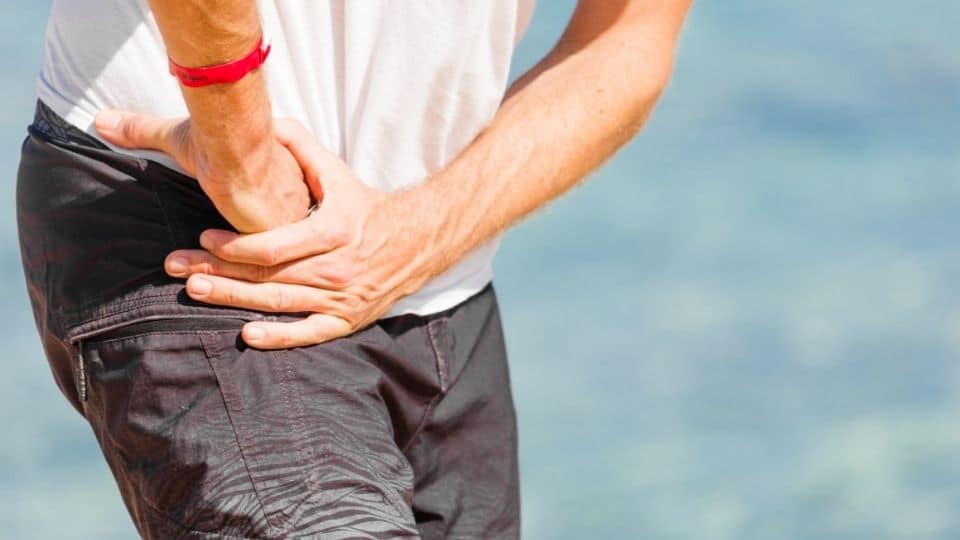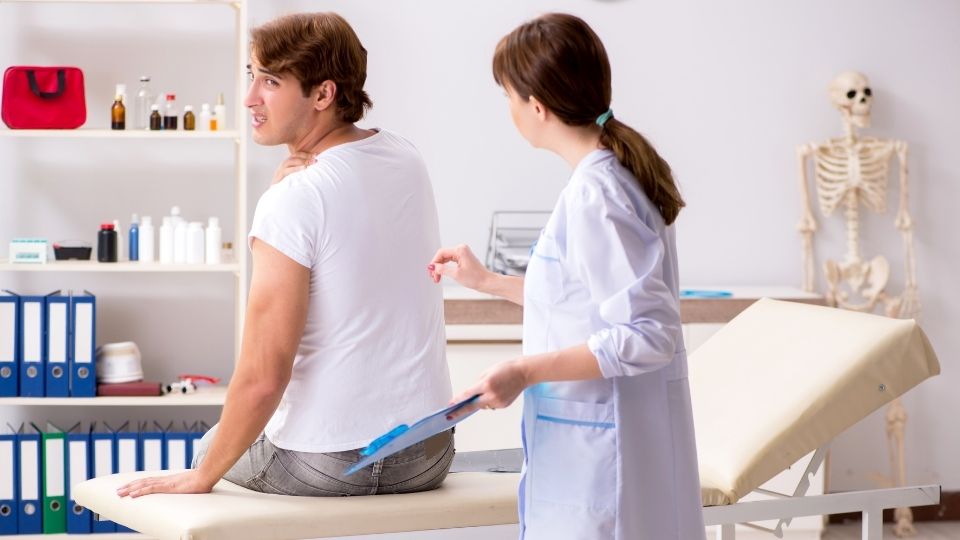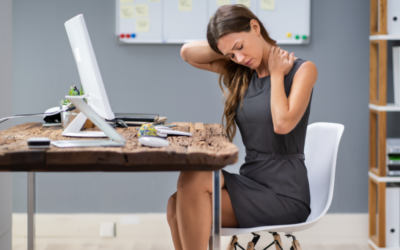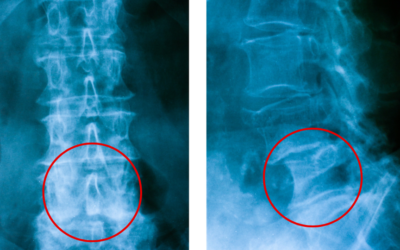Have you ever been told that sitting all day is bad for you? It’s a common misconception that has some truth to it. Sitting all day can cause hip flexor strain, a condition where the hip muscles and tendon become too tight from excessive use. This can lead to pain in the hips, lower back, and even legs. Luckily, there are ways to combat this problem and keep your body healthy!
As a general rule, sitting all day can cause hip flexor strain. This is because the muscles stay in a “shortened position” for a long time. Our bodies get used to the positions we put them in often. The average American spends almost 10 hours sitting down, which is unsuitable for our hip flexors.
Prolonged sitting can cause hip flexor strain. This is a problem that I have seen many patients suffer from, and I have come up with some solutions. I created a YouTube channel and a successful Kickstarter campaign and even wrote a book related to this topic.

Can Prolonged Sitting Cause Hip Flexor Pain?
Yes, prolonged sitting can cause hip flexor pain. When you sit for long periods, your hip flexors (the muscles in your hips that allow you to lift your knees) can become tight and painful. This is especially likely if you have poor posture or carry extra weight around your middle. If you experience hip flexor pain, stretching and strengthening exercises can help. However, if the pain is severe, it’s essential to see a chiropractor to rule out other possible causes.
All Day Comfort & Support
Can Sitting Cause Hip Bursitis?
While prolonged sitting isn’t likely to cause hip bursitis directly, it can aggravate existing cases of the condition. Hip bursitis is the inflammation of the fluid-filled sacs (bursae) that cushions your bones and muscles. The main symptom of hip bursitis is pain around your hip joint, although you may also experience stiffness and swelling. If you have hip bursitis, stretching and strengthening exercises can help, but you may also need to see a chiropractor or physical therapist for treatment.
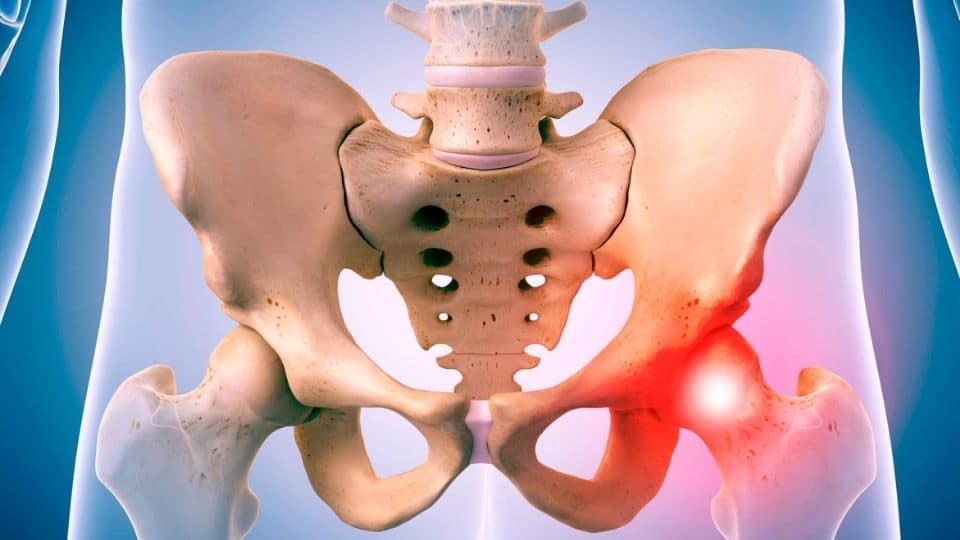
What Aggravates Hip Flexor?
Sitting for long periods is one of the main aggravators of hip flexor pain. Other possible causes include:
- Poor posture.
- Carrying extra weight around your middle.
- Participating in high-impact activities such as running or tennis.
If you’re experiencing hip flexor pain, it’s essential to stretch and strengthen the muscles in your hips.
Black Friday: 35% Off Today
Typical Delivery 1-3 Days
How Should I Sit to Relieve Hip Flexor Pain?
Hip flexor pain can be a real pain in the… well, hip. If you’ve ever suffered from this condition, you know how debilitating it can be. The good news is that there are some things you can do to find relief. One of the best things you can do is find a position that takes the pressure off your hips. Sitting in a chair with a firm back and good lumbar support is a great option. Alternatively, you can sit on an exercise ball or place a pillow behind your lower back. If you’re driving, take frequent breaks so you can get out of the car and move around. These simple steps can help relieve your hip flexor pain and get you back to living your life.
Best Way to Correct Sitting Poor Posture

An orthopedic seat wedge is the best way to fix poor sitting posture. This type of cushion helps improve alignment and takes the pressure off the sciatic nerve, which can help reduce pain. In addition, using a seat wedge can also help strengthen the core muscles, which can further improve posture. For patients suffering from chronic Sciatica, an ergonomic seat cushion may be what they need to feel better.
All Day Comfort & Support
Can Sitting Cause Hip Flexor Strain?
Yes, sitting for long periods can cause hip flexor strain. When you sit, your hip flexors (the muscles in your hips that allow you to lift your knees) can become tight and painful. This is especially likely if you have poor posture or carry extra weight around your middle. If you experience hip flexor pain, stretching and strengthening exercises can help.

Can Too Much Sitting Cause Hip Pain?
Yes, too much sitting can cause hip pain. When you sit for long periods, your hip flexors (the muscles in your hips that allow you to lift your knees) can become tight and painful. This is especially likely if you have poor posture or carry extra weight around your middle. If you experience hip flexor pain, stretching and strengthening exercises can help.
Why Am I So Stiff after Sitting for a While?
If you’re stiff after sitting for a while, it’s likely because your hip flexors (the muscles in your hips that allow you to lift your knees up) have become tight. This is especially likely if you have poor posture or carry extra weight around your middle. If you experience hip flexor pain, try an orthopedic seat wedge to correct your sitting posture.
Black Friday: 35% Off Today
Typical Delivery 1-3 Days
How Long Should I Sit to Relieve Hip Flexor Pain?
There is no one-size-fits-all answer to this question, as the amount of time needed to relieve hip flexor pain will vary from person to person. However, it’s generally recommended that you start with 5-10 minutes of sitting and gradually increase the amount of time as your pain improves. If you experience any pain while sitting, it’s essential to stop and rest for a few minutes before continuing.
How Can I Prevent Hip Flexor Pain?
There are a few things you can do to prevent hip flexor pain:
- Make sure to stretch and warm up before participating in any physical activity.
- Avoid sitting for long periods by taking frequent breaks.
- Maintain good posture throughout the day.
If you’re carrying extra weight around your middle, try to lose some pounds to take pressure off your hips.
What’s the Best Way to Treat Hip Flexor Pain?
The best way to treat hip flexor pain is to stretch and strengthen the muscles in your hips. Stretching exercises can help relieve tightness, while strengthening exercises can help improve your overall function. For more severe cases of hip flexor pain, your doctor of chiropractic may recommend physical therapy. Surgery is rarely needed.
How Does Sitting Affect Your Hips?
Sitting can affect your hips in several ways. First, if you sit for long periods, your hip flexors (the muscles in your hips that allow you to lift your knees) can become tight and painful. This is especially likely if you have poor posture or carry extra weight around your middle. Second, sitting can also lead to hip bursitis, an inflammation of the fluid-filled sacs that cushion the hip joint. And third, sitting can put pressure on the sciatic nerve, which runs through the buttocks and down the leg. This can cause pain, numbness, and tingling in the leg.
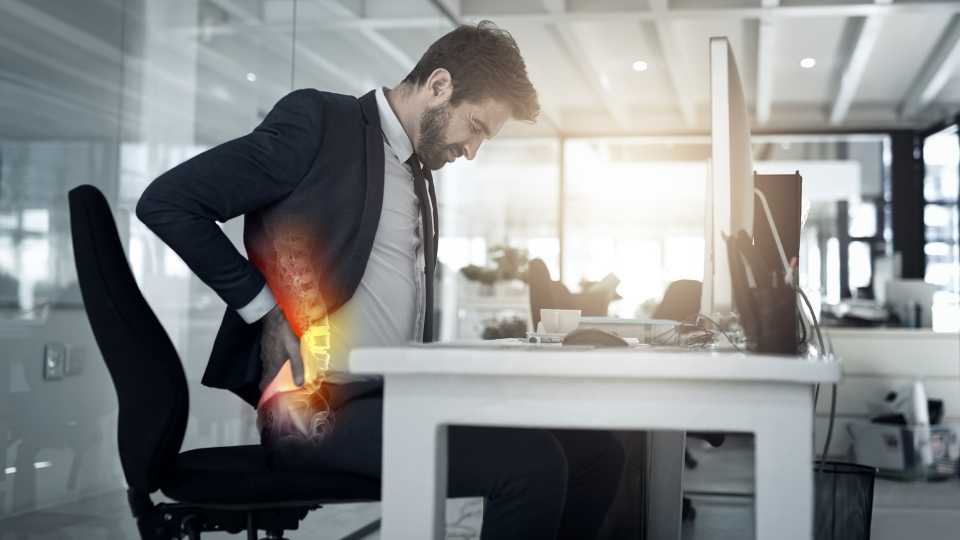
What are the Risks of Sitting Too Much?
Sitting too much can lead to some problems, including hip flexor strain, hip bursitis, and Sciatica. These problems can cause pain, stiffness, and decreased range of motion in your hips.
Is Walking Good for Tight Hip Flexors?
Walking is a great way to stretch your hip flexors and relieve tightness. It’s also low-impact, so it won’t aggravate your hips if they’re already painful. Start with a short walk, gradually increasing the distance as you feel more comfortable. Remember to warm up before walking and also to cool down afterward.
What are Some Other Exercises I Can Do to Relieve Hip Flexor Pain?
In addition to walking, you can do other exercises to relieve hip flexor pain. Try gentle stretches, such as the cat-cow pose or the pigeon pose. You can also try strengthening exercises, such as bridges or clamshells. Water exercises are also great for relieving hip pain if you have access to a pool.
Here is an exercise video that I made:
How Long Does it Take for Hip Flexor Pain to Go Away?
With conservative treatment, hip flexor pain typically goes away within a few days or weeks. However, if the pain is severe or persistent, you may need to see a doctor or physical therapist for more aggressive treatment.
When Should I See a Doctor for Hip Flexor Pain?
You should see a doctor for hip flexor pain if the pain is severe, persists for more than a few days, or is accompanied by swelling or redness. You should also see a doctor if you have difficulty walking or moving your hips. If you have any of these symptoms, it’s essential to seek medical attention to get an accurate diagnosis and proper treatment.
What’s the Bottom Line?
Hip flexor pain is a common problem that various factors can cause. The best way to treat hip flexor pain is to stretch and strengthen the muscles in your hips. For more severe cases, your doctor of chiropractic may recommend physical therapy. Surgery is rarely needed.
If you’re experiencing hip flexor pain, try walking or swimming for exercise. If the pain persists, see your doctor of chiropractic for an accurate diagnosis and treatment plan.
Conclusion
While sitting all day is not suitable for you, it’s not the end. There are ways to prevent hip flexor strain and other associated pains. Check out our other blogs on ergonomics for more tips on staying healthy while working at a desk. And if you’re already experiencing pain, don’t hesitate to seek help. We’d be happy to discuss your situation and recommend the best course of action for you.
Sources:
- Bemis, T. and Daniel, M., 1987. Validation of the long sitting test on subjects with iliosacral dysfunction. Journal of Orthopaedic & Sports Physical Therapy, 8(7), pp.336-345.
- Boukabache, A., Preece, S. and Brookes, N., 2021. What is the effect of prolonged sitting and physical activity on hip flexor length? A clinical cross-sectional study. Physiotherapy, 113, pp.e106-e107.
- Bridger, R.S., Wilkinson, D. and Van Houweninge, T., 1989. Hip joint mobility and spinal angles in standing and in different sitting postures. Human factors, 31(2), pp.229-241.
- Park, R.J., Tsao, H., Claus, A., Cresswell, A.G. and Hodges, P.W., 2013. Changes in the regional activity of the psoas major and quadratus lumborum with voluntary trunk and hip tasks and different spinal curvatures in sitting. Journal of Orthopaedic & Sports Physical Therapy, 43(2), pp.74-82.

